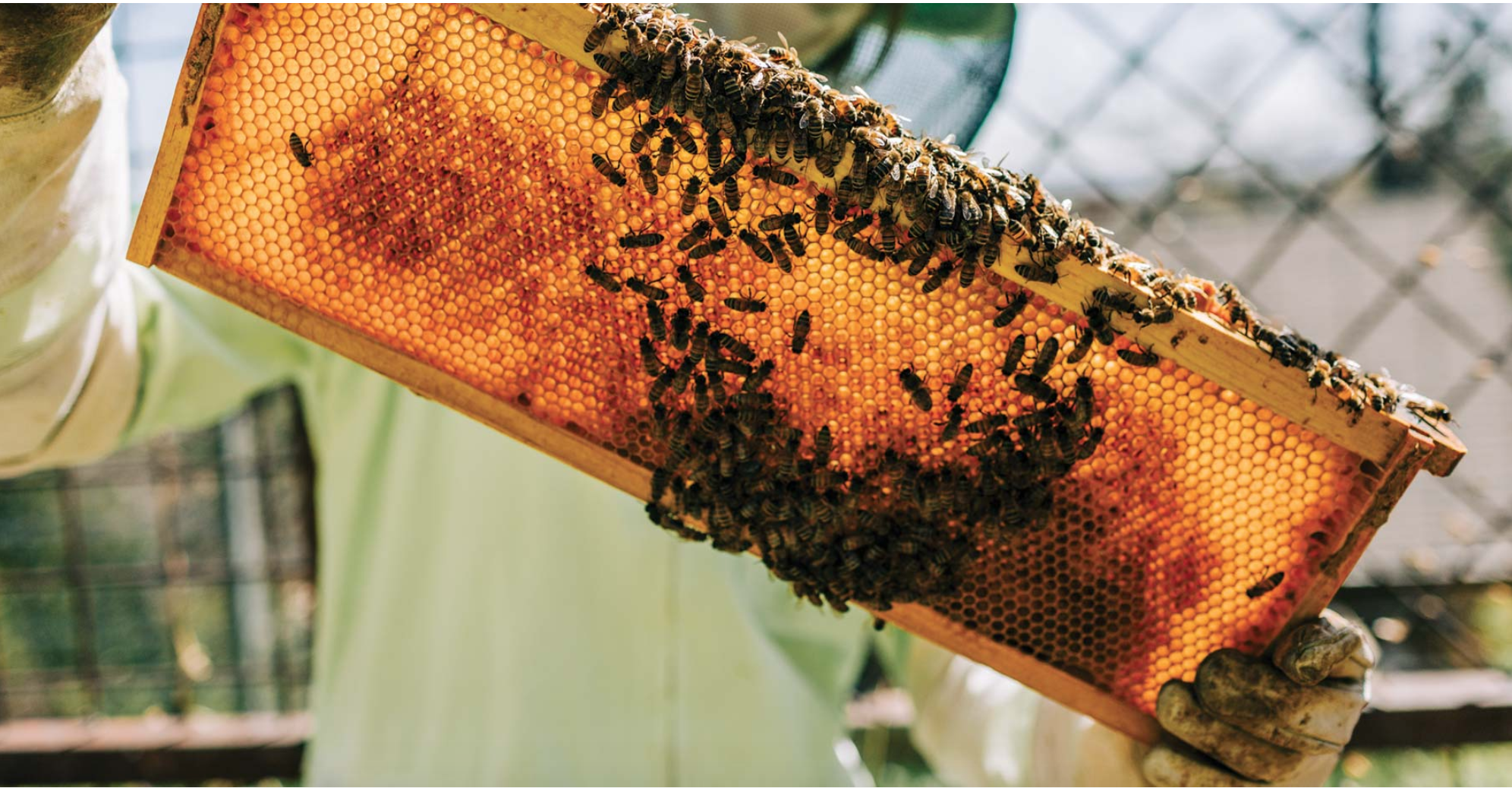“135 million years ago, the only way plants could procreate was to scatter their pollen in the wind—a wildly inefficient method that required massive quantities of pollen. Over the following five million years, insects (and particularly, bees) began to eat this abundant, nutrient-rich pollen, kick-starting a symbiotic evolutionary relationship that has spanned from the age of dinosaurs to the present day.
Photo by Lauren DeFilippo
An offshoot of the wasp family, these gentle insects developed increasingly hairy legs and bodies, accelerating the pollination of nectar-rich plants. Today, scientists have verified the existence of at least 20,000 individual bee species, with researchers citing 946 native species in Colorado alone. Yet despite their rich and resilient history, bees are now facing unprecedented threats to their survival in the form of pests, disease, pesticides, modern agriculture practices and sheer misinformation about their role in our ecosystem.”


